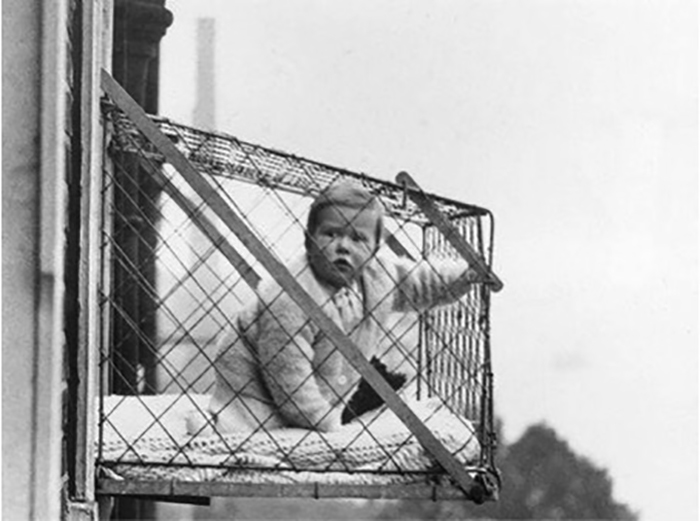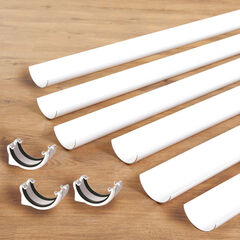More and more headlines are stating that children spend too much time indoors. With over 600,000 children attending nursery in England and Wales and more children accessing places due to the 30 hours funding, the question needs to be asked: Are all of these children accessing the outdoor time they need?
I was covering in a school last week where the children didn’t go outside all day because of the rain. If those children returned home, by car, and went inside their homes for the rest of the night they wouldn’t have had their 180 minutes of time outdoors. Do your staff take children outside whatever the weather? Do the children in your settings receive the full 180 minutes of fresh air? Do you have an ethos that says there is no such thing as bad weather only bad choices of clothing?
As the days draw shorter and the nights get longer and darker, what are you putting in place to ensure outside learning is of equal importance to learning indoors?
Ways to promote Outdoor Learning during autumn:
- Invite a Forest School Leader to your setting and have a campfire where children can cook their own tea once a week. Soup, toast and cooked bananas with melted chocolate over the top will ensure that children not only receive part of their 180 minutes but will also support them in learning about preparing food that they can then eat. Why not go the whole way and grow the vegetables for your soup in a vegetable patch that the children have cultivated, watered and nurtured.
- As the leaves and twigs fall from the trees for the autumn, an excellent way to develop children’s gross motor skills, which in turn will support their writing development, is by sweeping leaves. This activity helps to build shoulder strength and flexibility. Read ‘Stick Man’ by Julia Donaldson and use collected twigs to create your own stickmen.
- The school that kept children in because of the rain missed an excellent learning opportunity. Rainwater is a wonderful resource and can be used for so many different things. In one nursery I supported we used to collect the rainwater in various different tubs and use it to water the plants (yep, even on a rainy day!). We even transported it down a long and winding guttering system which we had set up across the nursery garden. The children used to love using a variety of different tubs to collect the water in… “the shiny one makes a loud sound” as the water hit the bottom of the metal bowl. Older children could plan, build and create their own water systems covering curriculum areas including mathematics, science and design and technology. Think of the adjectives that could be used to describe the rainwater and then developed into a poem or story.
- There’s the age-old favourite of getting your wellies on and splashing in a big muddy puddle or creating rainy pictures (a wonderful experience as the rain drips on the paint or chalk as you create on your paper). Children might make boats for small world people as well as life-sized boats, to transport everyone in the big puddles gathering in the outdoor area.
- In the ever-changing world of art, transient art is proving more and more popular. Encourage children to collect twigs, stones, leaves, flowers, acorns and conkers and create, create, create! They will learn that things don’t have to be permanent with their art work and if they change their minds about where to place something, they can just pick it up and move it. Use larger branches to create their own frames to add to the pictures too.
So let’s hear no more of “It’s too wet to go outside” and “We can’t do anything outside because of the rain” and embrace every opportunity that the weather throws at us!
With thanks to Liz Boffey for writing this blog post. Akira and Elizabeth run an Early Years Consultancy: Nurturing Success. With vast amounts of experience in supporting settings and practitioners in becoming the best they can possibly be, they strongly believe in child-initiated learning and encouragement through play. They specialise in transforming ‘plain old’ nurseries into natural, beautiful and exciting environments which provide endless opportunities for the children who occupy them. Follow them on Facebook here.
Learning to play the natural way – the benefits of natural resources






